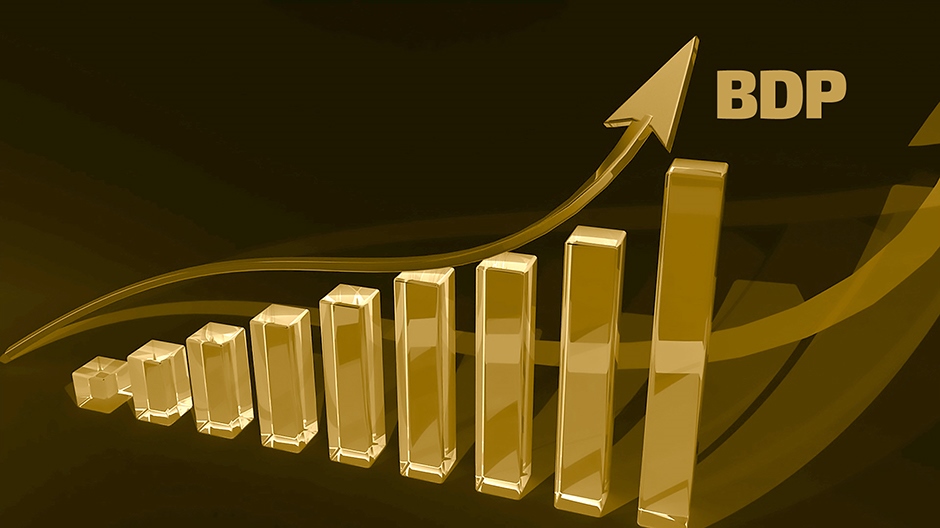
In its spring 2024 forecast published on Wednesday, the European Commission revised its growth forecast for the Croatian economy. It now expects growth of 3.3%, which is the second-highest growth rate among EU member countries.
In its previous forecast in February, the Commission had assumed that the Croatian economy would grow at a rate of 2.6% this year.
According to the latest forecast, the Croatian economy will grow by 3.3% in 2024 and by 2.9% in 2025. In February, the growth rate for next year was forecast at 2.8%.
Croatia and Romania are expected to have the second highest growth rate in the EU this year (both 3.3%), after Malta, which is forecast to grow by 4.6%.
Strong private consumption
"Croatia’s GDP is forecast to grow by 3.3% in 2024 and 2.9% in 2025, mainly due to strong private consumption. The labour market is expected to remain tight, with employment continuing to rise and the unemployment rate reaching a new low. Inflation is projected to continue its gradual decline over the forecast horizon. The general government debt level will fall despite higher deficits," says the Commission.
Inflation in Croatia is expected to slow to 3.5% in 2024 and 2.2% in 2025, "mainly due to the slowdown in prices of processed food and non-energy industrial goods. Prices for services, driven by wage increases and strong consumer demand, including from foreign tourists, remain the most consistent component of inflation."
Due to robust growth and despite the widening of the deficit, the debt ratio is expected to fall below 60% of GDP, to 59.5% in 2024 and 59.1% in 2025.
The general government deficit is expected to rise from 0.7% of GDP in 2023 to 2.6% in 2024.
Revenues increased noticeably due to high inflation, a good tourism season and strong wage growth in both the public and private sectors. At the same time, expenditure rose significantly, driven by wages, social welfare, interest expenditure and investments.
Investment growth expected to slow down
"In 2024, the general government deficit is expected to rise to 2.6% of GDP as the new law on public sector wages and social assistance measures put further pressure on spending," the commission said.
"Indirect tax revenues will increase thanks to solid nominal GDP growth and a good tourism season, while direct taxes will benefit from employment and wage developments despite the revenue-reducing tax reform introduced in January," the Commission added.
The Commission explained that private consumption was supported last year by significant increases in real wages against the backdrop of a tight labour market. Investment growth was supported by the increasing utilisation of EU funds from both the Multiannual Financial Framework (MFF) and the Recovery and Resilience Facility. The decline in exports of goods was more than offset by growth in exports of services and lower imports.
The Commission expects investment growth to slow down, partly due to an expected slowdown in the absorption of EU funds as the large disbursements under the MFF 2014-20 expire in 2023. Last year, investment grew by 4.1%, while this year it is expected to slow to 3.1% and rise to 3.4% by 2025.
Exports of goods are expected to recover gradually due to rising foreign demand, while exports of services will continue to grow more slowly. Due to the higher growth in imports with robust domestic demand, the contribution of net exports to growth is expected to be slightly negative.
GDP growth is forecast to weaken to 2.9% in 2025 as the growth momentum of consumption slows due to the slower increase in private and public wages. At the same time, an upturn in the absorption of EU funds, including from the 2021-27 MFF, and an easing of financing conditions should lead to a moderate acceleration in investment activity.
Considerable influx of foreign workers
Supply bottlenecks during the peak tourist season and possible losses in price competitiveness are likely to slow down the expansion of service exports slightly.
"Risks to this outlook include further significant wage increases, which could fuel stronger than expected growth in private consumption, especially in 2024, but also trigger price pressures that would affect exporters' competitiveness, especially in 2025. Potential bottlenecks in absorption capacity could lead to a slowdown in the absorption of EU funds, which would have a negative impact on investment growth," the Commission said.
The labour market remains tight despite the influx of foreign workers. "Strong economic activity and demand for labour have brought employment growth down to 2.7% and the unemployment rate to 6.1% in 2023."
Employment growth of 2.0% is forecast for 2024 and 1.3% for 2025, while the unemployment rate is expected to fall to 5.8% in 2024 and 5.6% in 2025.
"The tight labour market pushed up wages, which have also risen significantly in real terms. The considerable influx of workers from non-EU countries has helped to alleviate labour shortages. Employment growth is projected to remain strong, even if it slows over the forecast horizon, with the unemployment rate reaching a new low and real wage pressures persisting," the Commission said.
Kakvo je tvoje mišljenje o ovome?
Pridruži se raspravi ili pročitaj komentare



 Srbija
Srbija
 Bosna i Hercegovina
Bosna i Hercegovina
 Slovenija
Slovenija







